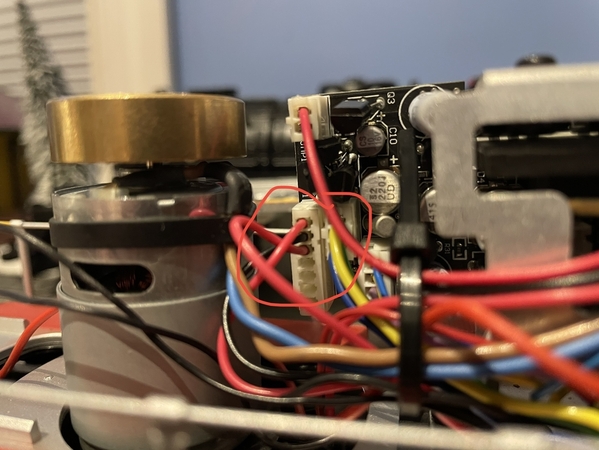Again, the problem is, I think the outputs are possibly driven directly from the micro controller-same one that does the cruise and motor control in general. They might be buffered with a transistor, but again, they also could be direct output pins. A lot of times those can be 3 state pins- grounded, floating, or hot. If they were coded (and we do not know the firmware) such that they toggled grounded and then hot- shorting 2 of them together is very bad.
Now it also may be there are current limiting resistors in series to those pins, but again, I'm not going to test on a customers engine, I'm not pulling the shell off again, and like I said, sure, on paper you just saw a 3V blinking//alternating LED pair where one is always on so shorting together means both are always on. Conversely, the "how" they blink off and on for a given output goes from "no big deal" to "oh poop" the first time you blow the horn.
Picture I found of the backside of that board and I zoomed way in but could not identify the exact components or values, just the general location and size near the output pins we are discussing. Point being, what I saw was no buffering and thus direct out of the PIC with at best a resistor in series. IMO, not worth risking- over a simple LED set that could be powered other ways.











